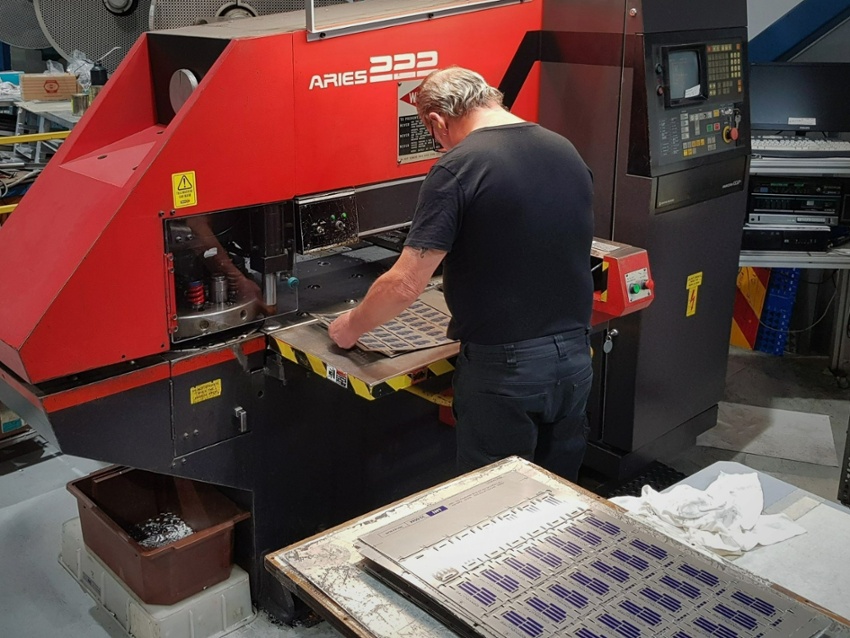
Aftershocks of the COVID-19 pandemic for the manufacturing environment
The Australian manufacturing industry has gone through some changes in recent years. Is there a supplier new normal?
In the early 2000s, Australia experienced a decline in its manufacturing industry as companies moved their operations offshore to take advantage of lower labour and production costs in countries like China.
However, since the COVID-19 pandemic, there has been a renewed focus on manufacturing in Australia, with the government and industry leaders working together to support and grow the sector.
In 2020, the Australian Government announced a $1.5 billion plan to support manufacturing as part of its COVID-19 recovery strategy. The plan included investments in areas such as medical products, clean energy, and space technology.
Additionally, there has been a growing trend towards localism and domestic manufacturing, with consumers showing a preference for products made in Australia. This has encouraged some companies to bring their manufacturing operations back to Australia.
So, this is great news that Australia has a renewed manufacturing focus but does this put pressure on the local manufacturers that remain?
As uncertainty in the market increases, caused, for example, by increasing interest rates, manufacturers will often respond by running down their stocks of parts, raw materials and components. This is a common practice and totally understandable. However, in the post-COVID-19 world this may result in several unintended consequences.
Is there a Supplier ‘New Normal’?
The supply shocks of the pandemic should have been enough to convince you of the need to maintain stocks of parts and components. However, post-pandemic, it would be a mistake to consider that supply is back to normal, as a ‘new normal’ is now likely. With more local manufacturers across many industries competing with the same suppliers for goods, lead times are likely to increase to a ‘new normal’ rather than the old normal. In the middle of the pandemic, many manufacturers audited their suppliers for likely production delays. Should you be doing this again to discover the ‘new normal’?
Increased costs
If you need to replenish stores quickly as you run down stocks, you may need to pay higher prices or rush shipping to receive them in time. This can lead to increased costs and reduced profit margins. Add this to the very significant inflationary pressures and a review of your costing seems to be warranted.
Reputation damage
Perhaps the biggest risk of running down stocks and components is being unable to deliver products to customers on time, or at all. This can damage your reputation irreversibly, and in extreme cases lead to the loss of major clients and a downward spiral for the company. There are many cases of manufacturers being unable to supply, causing them to be perceived as ‘going broke’. This can then truly lead the company to ‘go broke’.
The potential aftershocks of the pandemic may have several serious consequences on your normal supply practices. Running down stocks of parts and components can have negative consequences for a manufacturer, including production disruptions, increased costs, missed opportunities, and reputational damage. Therefore, manufacturers need to review what adequate stock levels mean to them in the post-pandemic world to ensure smooth operations and meet customer demand.
Contact the product branding specialists at LNI
What separates us from most other providers is that we do everything in-house. Everything from the anodising to the printing, to the forming, and embossing is all done in-house here in Victoria. We do not buy anything ready-made or pre-anodised, all is done here at LNI.
Talk to the specialists at Luna Nameplate Industries to receive design and application solutions for your labels, badges and metal nameplates.
.svg)






